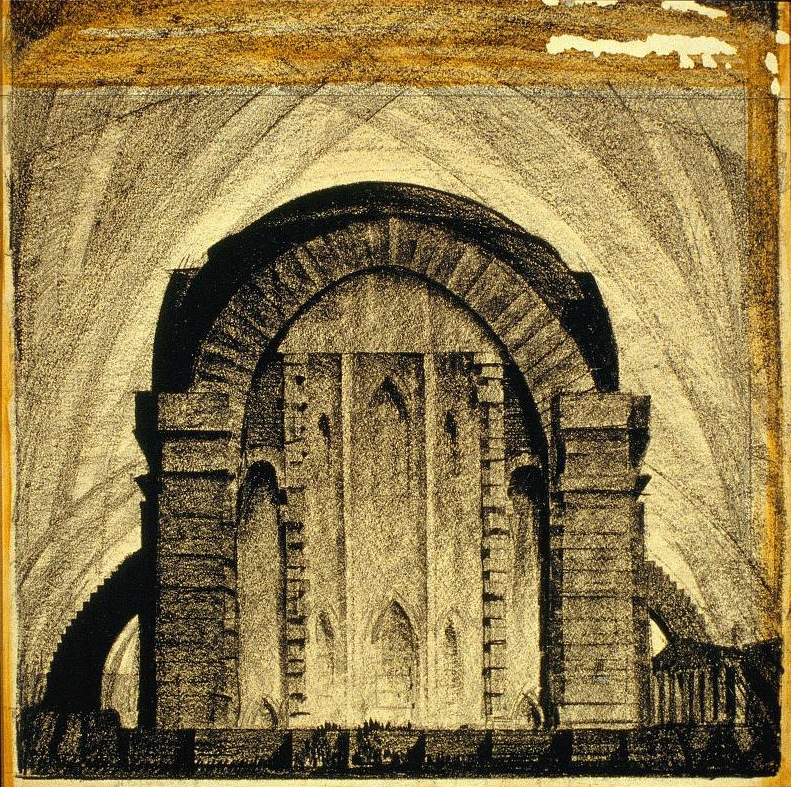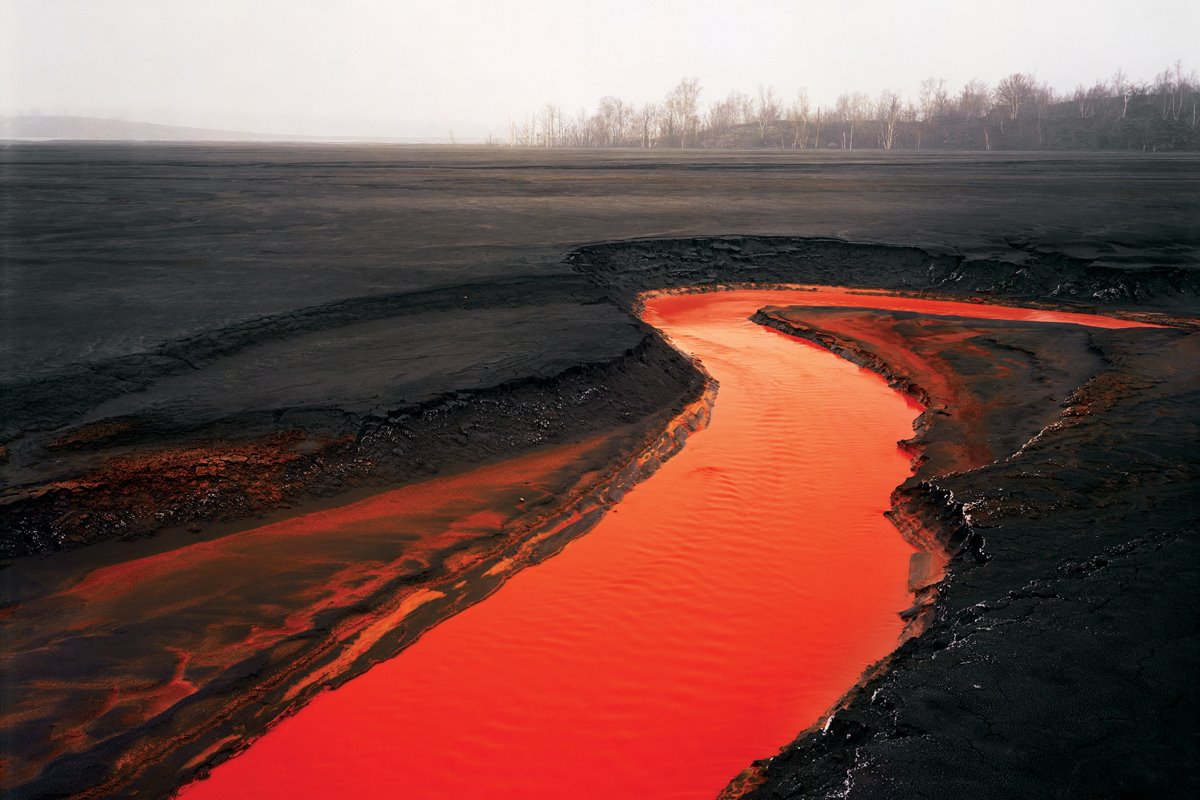Table Of Content

Modification of older ancestor cult in the burial customs was clearly visible yet in classical Caria or Lycia. Memorials of wealthy members of society and benefactors had become more and more common and popular in the following period. These monuments can be seen as partial and smaller scale inspiration of building programme of local dynasts, but their owners were more related to the aristocratic settings. Certain similarities were visible in the various types of arts in the Greek mainland, bearing message concerning public life, awareness, affiliation or legitimacy of ruling power already in pre-Classical period. This tradition had continued throughout antiquity in wide geographical sphere. Epigraphic evidence, presence of altars, iconography of built or rock-cut tombs in south-western Anatolia in the Hellenistic period suggest more emphasis on cult activities linked with sacrifice and banqueting.
Advance Directive Forms
Once the houses had served their purpose, they were burned to the ground and covered by earth, creating a sort of burial mound. Anthropologist William F. Romain in Mysteries of the Hopewell notes that these charnel houses were built in the form of a square, and their diagonals could be aligned to the direction of maximum and minimum moon-sets both north and south. Bodies were exhumed after only a few years, typically between 10 and 15, before the bones were cleaned and left to bleach under the light of the sun and moon.
Disrespect for the Dead: Disturbing Theft of 21 Skulls from an English Church
The charnel house at St. Bride’s Church in London is another one that remained undiscovered for many years. Like many other churches, its grounds have served as home to various churches for centuries. As the above entry noted, those storing remains in charnel houses often arranged them to look almost like decorations. As a result, a common sight at a charnel house might be a wall featuring seemingly countless skulls stacked on top of each other, staring back at onlookers.
Post navigation
A dedicated space to le19M — founded by CHANEL in Paris/Aubervilliers — will offer the chance to try your hand at a collective embroidery project. Because the bones were exhumed so soon after death there were usually surviving friends and family members who remembered the deceased. After the skulls were painted they would be laid to rest near the remains of other ancestors by their remaining loved ones. Distinctive family names appear time and time again, over the course of generations and the style of the paintings evolves as successive artists took over the role of skull-painter.
Roman Catholic ossuaries
As a reference to the novel that inspired Patchwork Girl, Jackson mentions collecting bones from charnel houses, much as the original Victor Frankenstein did. In Mary Shelley’s horror classic Frankenstein, the titular Dr. Frankenstein creates a monster by reanimating the remains of various deceased individuals. He specifically mentions that he gathered bones from charnel houses. These types of Catholic charnel houses are actually relatively common in South Korea.

Rothwell Bone Crypt
An ossuary is a chest, box, building, well, or site made to serve as the final resting place of human skeletal remains. A body is first buried in a temporary grave, then after some years the skeletal remains are removed and placed in an ossuary ("os" is "bone" in Latin[1]). The greatly reduced space taken up by an ossuary means that it is possible to store the remains of many more people in a single tomb than possible in coffins. A charnel house is a building, chamber, or other area in which bodies or bones are deposited, also known as a mortuary chapel.
Certain changes in understanding and organization of burial space, combining traditional view and new trends, can be traced in antiquity, even if variations happened slowly and gradually. Hellenistic period was not an exception, as it is demonstrated by findings from various localities. Numerous tombs can be considered as space devoted to specific activities in honor and memory of deceased. From this point, coexistence of poleis, mixed cities with various legal rights or numerous communities were crucial in western Anatolia.
I know charnel house is a pretty specific term, but there are a few synonyms you can choose from, especially when you’re penning that horror novel or spooky Halloween poem. In Persia, the Zoroastrians used a deep well for this function from the earliest times (c. 3,000 years ago) and called it astudan (literally, "the place for the bones"). There are many rituals and regulations in the Zoroastrian faith concerning the astudans. Follow us on Twitter to get the latest on the world's hidden wonders.
Everything started around 1912 and continued in varied forms all the way through to the late ’30s. The basic message was that art, and research into unseen forms, could be articulated with social change, that art, or the most extreme forms of radical innovation in art, could embody values of social change. In parallel, the generous values of the early Soviet Union were lost between the 1917 revolution and the Stalinist regression of the early ’30s. With this increased willingness to consider alternatives to traditional burial, and a lack of available burial plots, the ossuary could end up making a return in the near future - it may even be necessary. And while grandiose displays would no doubt be appealing to some perhaps there is a place for the tradition of painting skulls to be rediscovered, too.
Dragon's Dogma 2 - How To Revive Pawns And NPCs - GameSpot
Dragon's Dogma 2 - How To Revive Pawns And NPCs.
Posted: Fri, 22 Mar 2024 07:00:00 GMT [source]
Just as charnel houses can remind us of past deaths, so do hauntings serve the same purpose. However, some of the imagery in the film does recall that of charnel houses. Sometimes, when residents die, they do not have family members to arrange funerals or burials for them. As such, the managers of Kkottongnae Village opened a charnel house for said individuals. The priests at Kkottongnae Village say a daily Mass for their souls.
The more time you spend looking at the skulls the more you begin to imagine who they were and the lives they led. The bones at Hallstatt have not been arranged into complex designs, and at around 1000 strong the numbers cannot compare to many of the other catacombs in Europe. But thousands of visitors make the trek to the tiny rural town to see them none-the-less, because around 600 of the skulls have been painted with a variety of designs. The current building is the eighth church to occupy the site on Fleet Street, with the first most likely being built in the 6th century by Irish missionaries. A different incarnation subsequently built on the spot in the Middle Ages was destroyed in the Great Fire of London in 1666.
When the “revisionist controversy” broke out in the late 1890s, Luxemburg penned what was easily the best response to Eduard Bernstein’s reformism, Reform or Revolution?. Assuming that my only possible involvement in architecture would occur through the assimilation of the [technical] knowledge on which it is based, in 1922 I enrolled in the Department of Architecture at the Institute of Civil Engineers. Between the time of my arrival in Leningrad in 1922 and the present, I participated in the Fifth-Year Exhibition at the Academy of Arts in 1923. In 1923, I became a member of the Art and Literature Department of the literary and artistic journal Vulcan [Vulkan], published by Leningrad State University. I served as the head of tours in the Painting Department of the Russian Museum (formerly the Museum of Painterly Culture).
However, the purpose they now serve may be somewhat different from that of past charnel houses. It seems the people involved in maintaining Hallstatt Charnel House fully embraced the idea of turning human bones into decorations. This guide will explain what that difference is and describe some of the world’s most famous charnel houses, a few of which you can visit. Despite its dazzling architecture and fresh design, Chanel's new space is steeped in the brand's generations-deep ethos and bears marks of all those who have shaped it along the way. The boutique opens its doors just in time for Chanel's highly-anticipated 2024 Cruise collection, which will be unveiled on May 9.

It may be indicated also by recent finds of Π-shaped tomb from Labraunda temenos. Since the Middle Ages the Church has had dominion over the dead, and so it would be fair to assume that religious identities were a strong contributor to post-medieval mortuary behaviour. However, religion is just one part of a selection of different conflicting identities expressed in the act of burial.

No comments:
Post a Comment